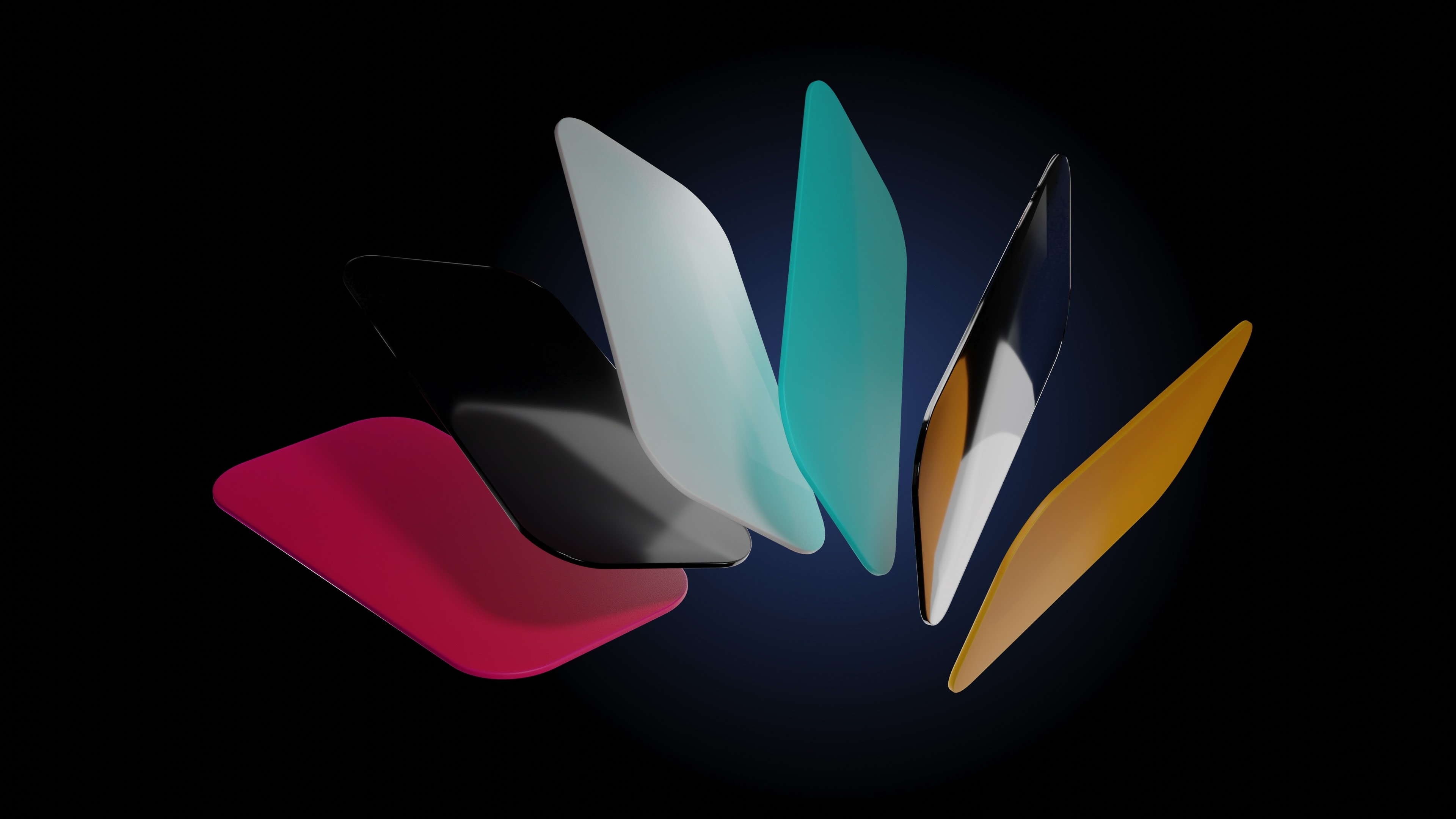What are the Use Cases of Physical NFTs?

In 2022, digital collectibles and in-game items dominated the non-fungible tokens (NFTs) market, generating over $24.7 billion in trading volume. But critics have pointed out that these non-fungible tokens lack real-world utility.
At the same time, another kind of non-fungible token called physical NFTs started gaining momentum in the NFT space. Unlike digital art collectibles, physical NFTs have better real-life use cases.
This article will explore some of the real-world uses of physical NFTs. Before diving in, we will briefly explain what physical NFTs mean and how they work.
What are Physical NFTs?
For the uninitiated, a non-fungible token is a cryptographic asset that leverages blockchain technology to immutably record asset ownership.
A physical NFT is a type of non-fungible token that represents a real-life physical item. Physical NFTs are stored on the blockchain and contain the ownership rights of physical objects.
The physical items can be physical artworks, consumer goods, property deeds, and any other kind of real-world assets. A physical NFT gives real-world items a digital presence to offer unique real and virtual experiences to consumers.
Digital native folks also refer to physical NFTs as item tokens. These item tokens are tangible NFTs as their corresponding physical counterparts have a real presence in the physical world.
Now that you know what physical NFTs are, let’s understand how a physical NFT functions.
Subscribe to get our best content in your inbox
By clicking “Submit” you agree to Dibbs
Privacy Policy and
consent to Dibbs using your contact data for newsletter purposes.

How do Physical NFTs Work?
There are two aspects to how a physical NFT works. The first is the tokenization of the physical asset, which gives it a digital life. The second is connecting them through an identifier for seamless redeemability.
Tokenization of Physical Assets
A physical NFT typically consists of a digital asset and a physical asset. Brands, IP holders, and creators can tokenize any high-value physical items using blockchain technology and smart contracts.
On-chain tokenization of off-chain assets ensures data immutability. These unique digital assets also offer a complete overview of consumer behavior through on-chain metrics, allowing any brand to understand their consumer even better than before.
Moreover, tokenization helps in asset provenance. This enables users to track the physical asset in real-time, which is immensely helpful in supply chain management.
Redeemability of Physical Assets
Each physical NFT has a corresponding unique identifier to connect the non-fungible token to the physical item. The unique identifier can be a QR code or a Near-field Communication (NFC) technology tag.
Users can scan the QR code embedded in their non-fungible tokens to access physical items. Since digital NFTs contain metadata, linking physical assets to digital tokens improves transparency and asset provenance.
Use Cases of Physical NFTs
Physical NFTs have diverse uses across multiple sectors. Many web2 and web3 companies are leveraging these NFTs to offer better services to customers.
Let’s take a look at some of these use cases:
Supply Chain Management
The counterfeit physical product industry costs the global economy $500 billion annually. But integrating NFTs with physical assets can solve the problem.
Physical NFTs act as a valuable tool to prove the authenticity of a particular physical product. The cryptographic tokens can record the trajectory of the physical object and the item’s transaction history at each stage of the supply chain.
For example, in April 2021, Louis Vuitton, Prada Group, Cartier, and Mercedes-Benz came together to launch the Aura Blockchain Consortium. Aura uses physical NFTs to trace the journey of luxury products from raw material procurement to point of sale.
Tokenizing Real Estate
Physical NFTs offer a major advantage to the real estate industry through a virtual representation of a physical asset. Currently, it takes enormous time and resources to process the paperwork, execute bidding, and finally transfer ownership of the physical item, i.e., the property in question. NFTs digitize the certification assurances, streamline transactions, and enhance the overall efficiency to sell any physical items, like houses.
In 2017, Michael Arrington, founder of TechCrunch and Arrington Capital, purchased the first NFT-based real estate. Recently, a property consultant firm tokenized properties and sold them on an NFT marketplace for a base price of 1.25 million USDC.
Tokenized real estate also empowers property owners to participate in the DeFi ecosystem through collateralized lending.
Access to Exclusive Physical Merchandise
NFTs are now much more than just sports trading cards. Physical NFTs provide access to the physical version of any product along with the digital asset.
For example, Bulgari launched a high-end jewelry collection that included three digital assets and a physical piece of jewelry. Adidas and GAP also launched NFTs where token holders had access to digital and physical products such as physical hoodies. In June 2023, Louis Vuitton released a new physical- NFT collection called Treasure Trunks. Each NFT holder will receive a real replica of the trunk with intricate physical work along with exclusive access to future products.

Special In-person Experiences
NFTs often function as digital passes to enter gated online communities on social media channels like Discord. Physical NFTs have taken the experience a notch higher where digital assets offer exclusive access to in-person events.
For instance, the Flyfish Club is an NFT-based members-only private dining restaurant in Manhattan. Only NFT holders have access to the culinary and cultural experiences of the restaurant. Starbucks also offers the opportunity to earn and buy NFTs through its Starbucks Odyssey program. Token holders can attend special events at the Starbucks Reserve Roasteries and attend espresso martini-making classes.
The Future of Physical NFTs
Traditional NFTs have already recorded multi-million dollar sales and now reached a saturation point. Thus, businesses need to become more value-oriented because high market value comes from real utility, and not from speculation.
If companies leverage physical NFTs to sell physical items at an NFT marketplace, digitally inclined people might use them for their real-world utilities.
But it is not easy to tokenize the physical lives of an object or a physical painting. One needs the help of a professional tokenization service to develop physical NFTs. If you want to learn how to use physical NFTs to grow your business, schedule a demo with Dibbs today.

Ben Plomion
Ben Plomion is Dibbs' Chief Marketing Officer. As a child, Ben collected comic books and Panini Football stickers. Now, Ben's PC consists of physical-backed NFTs.

